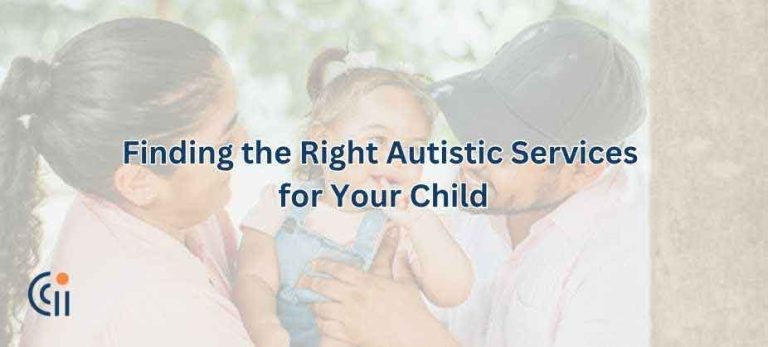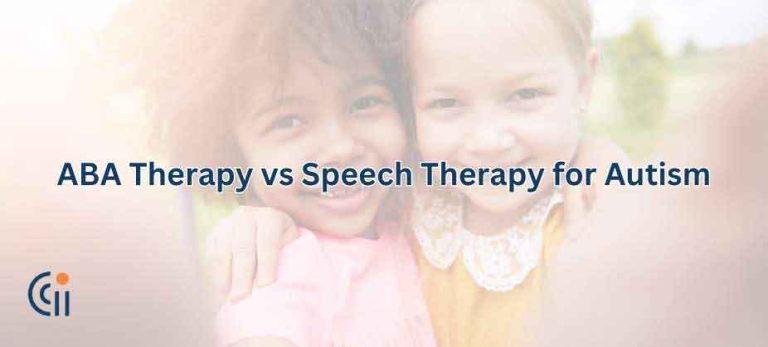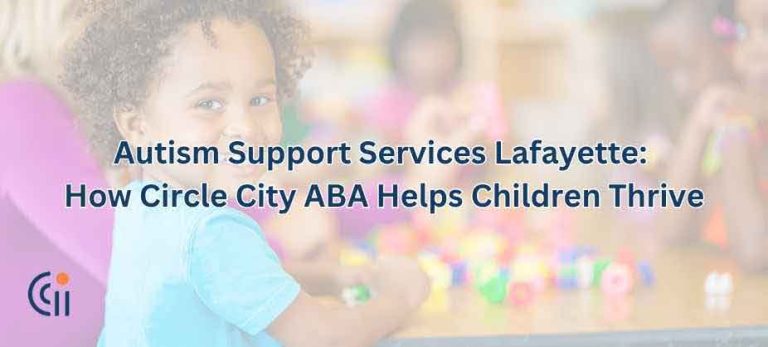Supporting autistic students in a school setting is crucial for their success. By understanding and providing the right accommodations, educators can create an environment where these students can thrive. This blog post will explore various accommodations that are particularly helpful for autistic students, ensuring they have the tools they need to succeed in the classroom.
Understanding the Needs of Autistic Students
Autistic students often experience challenges with communication, social interaction, and sensory processing. These challenges can affect their ability to learn and participate fully in a traditional classroom setting. However, with the right accommodations, these students can overcome obstacles and achieve academic success.
Classroom Accommodations for Autistic Students
Providing accommodations in the classroom is essential to help autistic students feel comfortable and focused. Here are some helpful accommodations:
- Structured Environment: Autistic students often benefit from a structured environment. Clear routines, visual schedules, and predictable transitions help them know what to expect throughout the day. Teachers can use visual aids, like charts or pictures, to outline daily activities and reduce anxiety.
- Reduced Sensory Overload: Many autistic students are sensitive to sensory input, such as bright lights, loud noises, or strong smells. Teachers can create a more sensory-friendly environment by reducing these stimuli. This might include using soft lighting, allowing noise-canceling headphones, or providing a quiet space for breaks.
- Flexible Seating Options: Allowing students to choose their seating can make a big difference. Some students may prefer to sit in a quiet corner, while others might benefit from a seat near the front where distractions are minimized. Offering different seating options, like bean bags or standing desks, can help students stay comfortable and engaged.
- Clear and Concise Instructions: Autistic students often struggle with following complex or unclear instructions. Teachers should provide clear, concise directions, breaking tasks down into smaller steps when necessary. Visual aids and written instructions can also support comprehension.
Social Accommodations for Autistic Students
Social interactions can be challenging for autistic students, but with the right accommodations, they can improve their social skills and relationships with peers. Consider these strategies:
- Social Skills Training: Directly teaching social skills can help autistic students navigate social situations. This might include role-playing, social stories, or group activities focused on building friendships and understanding social cues.
- Peer Buddy System: Pairing an autistic student with a peer buddy can provide them with support during social interactions. The peer buddy can help them with group work, lunchtime, or navigating transitions between classes, fostering a sense of inclusion.
- Supervised Social Opportunities: Some autistic students may benefit from supervised social interactions, such as lunch clubs or structured recess activities. These settings allow them to practice social skills in a controlled environment where they feel safe and supported.
Academic Accommodations for Autistic Students
Academic accommodations are crucial in helping autistic students access the curriculum and demonstrate their knowledge effectively. Here are some strategies:
- Modified Assignments: Teachers can modify assignments to meet the unique needs of autistic students. This might include providing alternative formats for assignments, such as oral presentations instead of written reports, or allowing extra time to complete tasks.
- Assistive Technology: Technology can be a valuable tool for autistic students. Text-to-speech software, communication devices, and visual timers are just a few examples of assistive technology that can support learning and communication.
- Frequent Breaks: Autistic students may need more frequent breaks to help them manage sensory overload or refocus their attention. Teachers can build short breaks into the student’s schedule, allowing them to step away from the classroom to regroup and return ready to learn.
Emotional and Behavioral Accommodations for Autistic Students
Supporting the emotional and behavioral needs of autistic students is essential for their overall well-being. Here are some effective accommodations:
- Calm-Down Strategies: Teaching students strategies to manage their emotions can help them stay calm and focused in the classroom. This might include deep breathing exercises, access to a sensory room, or a designated “calm-down corner” where they can go to de-stress.
- Positive Reinforcement: Using positive reinforcement, such as praise or rewards, can encourage desired behaviors and build confidence. Setting clear expectations and rewarding small successes can motivate autistic students to stay on track.
- Behavior Intervention Plans: For students who struggle with specific behaviors, a Behavior Intervention Plan (BIP) can be an effective tool. This plan outlines strategies for addressing challenging behaviors, focusing on positive supports and interventions tailored to the student’s needs.
Creating a Supportive Environment for Autistic Students
Creating a supportive environment for autistic students requires understanding their unique needs and providing the right accommodations. By implementing these strategies, educators can help autistic students feel more comfortable, engaged, and successful in the classroom. Every student deserves the opportunity to reach their full potential, and with thoughtful accommodations, we can make this a reality for autistic students.
About Circle City ABA
If you’re looking for more information about our services at Circle City ABA, contact our admissions team. Review the related posts below for more information on supporting autistic students. We’re here to help you create the best possible environment for your child’s success.


